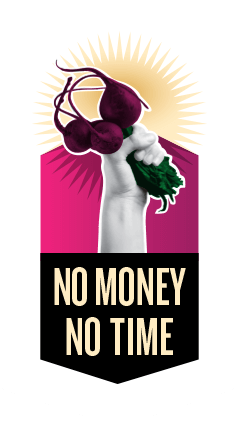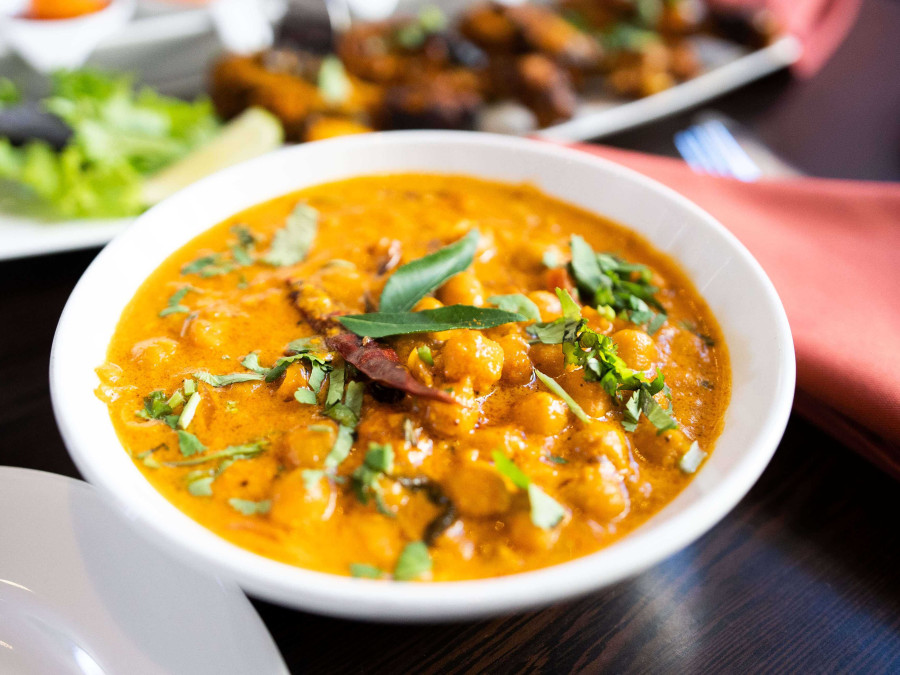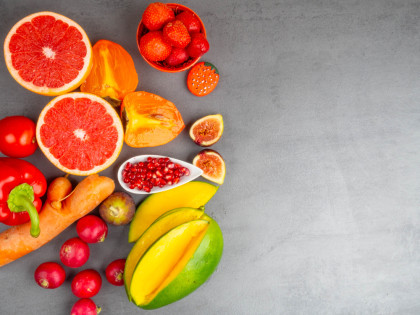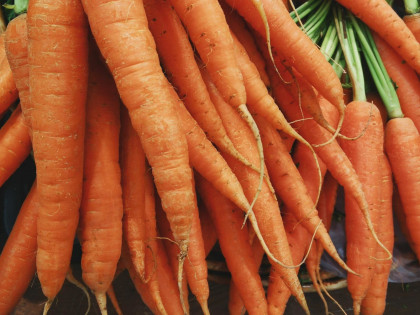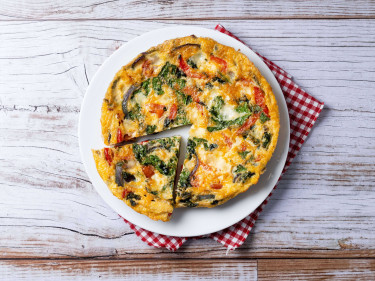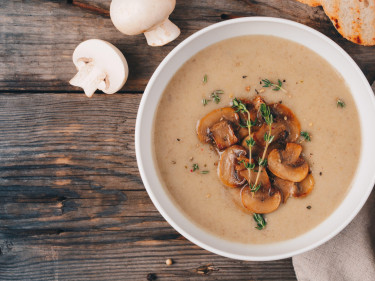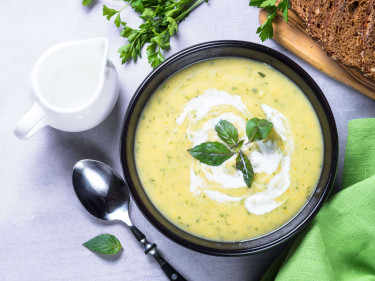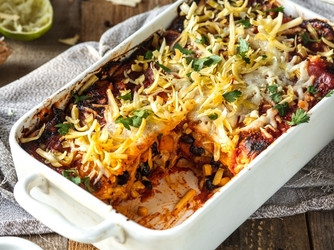Serves = 4
250g skinless chicken thighs (or tenderloins)
1 x 400 g can no added salt chickpeas, drained
1 brown onion, chopped
2 tsp crushed garlic
2 tsp grated ginger (fresh or jar)
2 Tbsp of curry paste (I often mix them – 1 Tbsp of Thai green or red paste and 1 Tbsp of massaman or rendang paste)
1x 400g can no added salt diced tomatoes
1x 165ml can lite coconut milk
2 Tbsp crunchy peanut butter
1 small bag baby spinach (or kale)
¾ cup (ish) frozen peas
1 medium carrot, sliced

